Avoid the Rebate Rush: Book in Now for the NSW Battery Incentive
Avoid the Rebate Rush: Book in Now for the NSW Battery Incentive
Posted 29 Jan
Like anything that is well-maintained, solar panels run optimally when they’re looked after.
Depending on where you live, solar panels can gather dirt over time which can negatively affect the production rate of electricity that
your solar panels generate. Other elements such as leaves, bird droppings, and moss can all contribute to a reduction in solar panel
production, so keeping the panels clean is essential to getting the most out of your system and investment.
To determine your solar cleaning rate, it will really depend on where you are situated and your environment.
If you live in a dusty area, the wind can kick the dust up onto the solar panels, and it can create a layer on the panel surface over time, reducing the production of the solar panels. If you’re close or near overhanging trees, it can indicate that your panels may have leaves or other debris on them that might need cleaning.
In general, it is good to clean and check your panels every 6 months to a year.

When looking to clean your solar panels, you can either hire a professional solar cleaner who clean panels thoroughly or have a go
at it yourself. Alternately, if you’re wanting to have a go at cleaning the solar panels yourself, here are things to consider.
Cleaning panels yourself can be dangerous and cause injury. We recommend hiring a professional.
Identify your environment to adjust your cleaning schedule and for the tools you will need to clean the panels.
If you live in a high-moisture area, moss can develop on the panels which will need more attention to remove as opposed to only dust.
It is important that when cleaning your own panels, that you exercise all safety measures.
It is safer to clean your panels from the ground with a long-handled tool – we do not recommend getting on the roof as it is
dangerous.
If you live in a place that rains constantly, your due time to clean the panels may have larger intervals between cleans as the rain will rinse most of the dirt and dust that accumulates on the panels.
Lucky for you, you’ll only need standard cleaning equipment. Something like a sponge or a soft-bristled brush that scrub the panels without scratching the glass as well as a hose to rinse off the soap/dirty water for a deep clean.
Simple spraying the entire array with the soap (you can purchase soap bottles that attach to your garden hose) until it is fully covered, then with your long scrubber, lightly scrub to remove dirt. If you are attempting to remove moss, it may take longer.
Once scrubbed, simply rinse and you’re done! You may need to repeat depending on how dirty the panels are.
Wear eye protection to protect your eyes from soap, dust, or any other debris from cleaning.
Use water-based or solar cleaner specific soap products.
Exercise care for yourself and those around you.

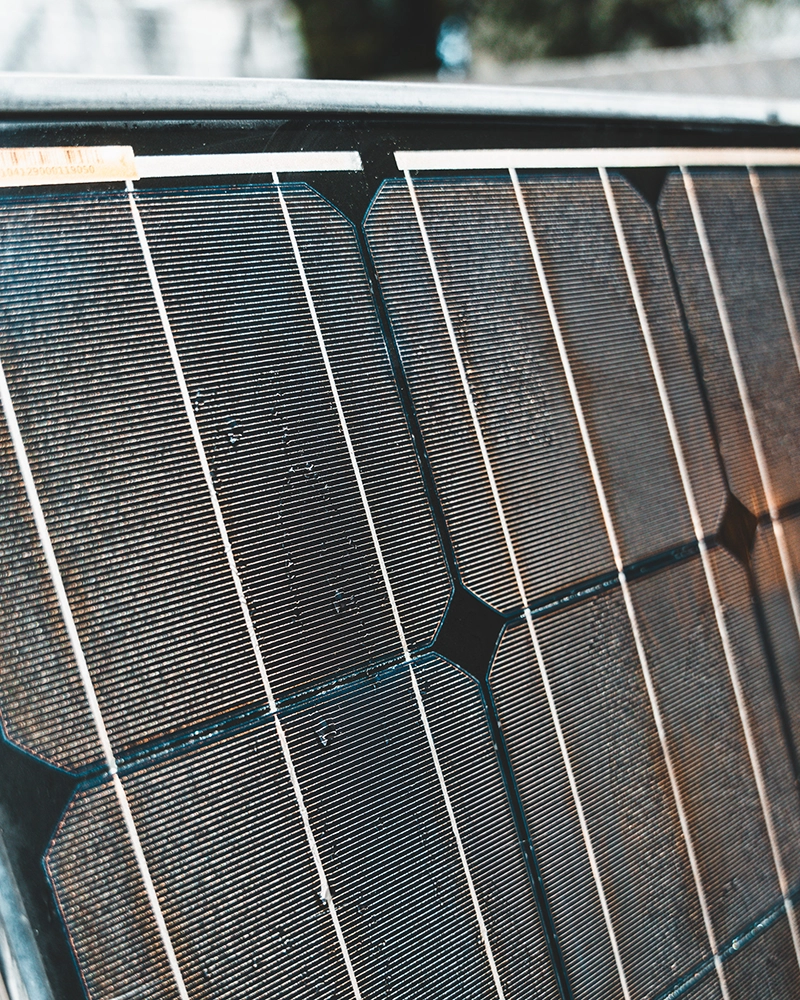
If there is more than just dirt on your solar panels, consider getting a professional cleaner in to do it for you. By getting a professional cleaner to come out to your property, there is no risk to you from getting on the roof, it will be done properly the first time, and its done with specialised tools.
You should contact a professional solar cleaner if:
- You have tall trees close to your house
- You find that it is too dirty to clean yourself
- You do not have the equipment or can’t access the panels
- Your house is more than single story, if so, we highly-recommend getting a professional.
Once the panels have dried, you can inspect the panels to ensure your cleaning was successful and the dirt and other debris has been removed.
You can also check to see if your clean made a difference by looking at your solar production analytics and seeing if any changes have occurred in your solar production.
When attempting to clean solar panels yourself, there are a few things to avoid, ensuring minimal risk of injury and damaging the solar panels. We strongly recommend hiring a professional solar cleaner to maintain your panels if they are not easily accessible from the ground.
Avoid using harsh detergents that consist of strong chemicals that may result in corrosion of panels, resulting in damage.
Use either cleaner that is designed for solar panels, or a water-based cleaner soap and rinse with water.
Only use a pressure washer when spraying from a distance. Spraying closely will result in damage to the panel waterproofing and
potentially negatively impact its production.
Don't use harsh brushes or anything with ‘teeth’ (brooms with hard bristles, anything that is not soft etc.).
You may scratch the surface of the panels, lowering its efficiency, defeating the whole purpose of cleaning your panels in the first place.
We do not recommend attempting to clean your solar panels from the roof or any high places, as it is unsafe and could cause serious injury, and in some cases, death.
Contact expert solar panel cleaners today.

As more business and homeowners adopt solar battery storage for their properties, it becomes more important for them to know how to look after, and properly maintain their battery modules.
Ensuring your battery is at full health can not only give you peace of mind, but it also allows you to continue getting maximum performance out of your investment. A battery that isn’t working at full capacity, or at all is wasted money and, in most cases, can be fixed relatively fast.
In the installation, your battery installer will have setup a solar performance analyser, where you can see if your system is working at its full potential. From here you can identify errors, when it began, and how long it has been going on for.
Manufacturers may provide updates for your battery, so regularly check to see if there are any available updates to install for your battery. These could have small fixes that allow for more efficiency or removal of any glitches they may be causing problems.


Maintain a well-ventilated area around the battery to ensure the energy storage system remains cool and can combat the harsh Australian heat on those summer days.
An easy way to maintain your battery is to simply have a look over it. You don’t need to be a technician to see if the battery and wiring has any signs of wear or malfunction. With the combination of your batteries statistics analysis, and physical check-ups you will know if there is anything wrong.
By ensuring your solar and battery are working to their fullest capacity, you can be assured your investment will be fulfilled in the
desired expected timeframe. Whilst both solar and battery systems are designed with longevity in mind, it is important to confirm your
system is working at its fullest within the years of its expected lifetime to ensure the maximum returns and benefits.
If your solar or battery system is having issues, we have a local team that can come out and provide solar health checks to ensure your system is working properly. Please note that we only provide this service in the Newcastle, Maitland, and Hunter region.

The journey of bidirectional charging in Australia has hit a milestone with the recent approval of the new standard for vehicle-to-grid (V2G) charging for 2025.

Explore battery eligibility & pricing for the upcoming Peak Demand Reduction Scheme (PDRS), solar battery 'rebate' incentive for NSW in November 1, 2024.
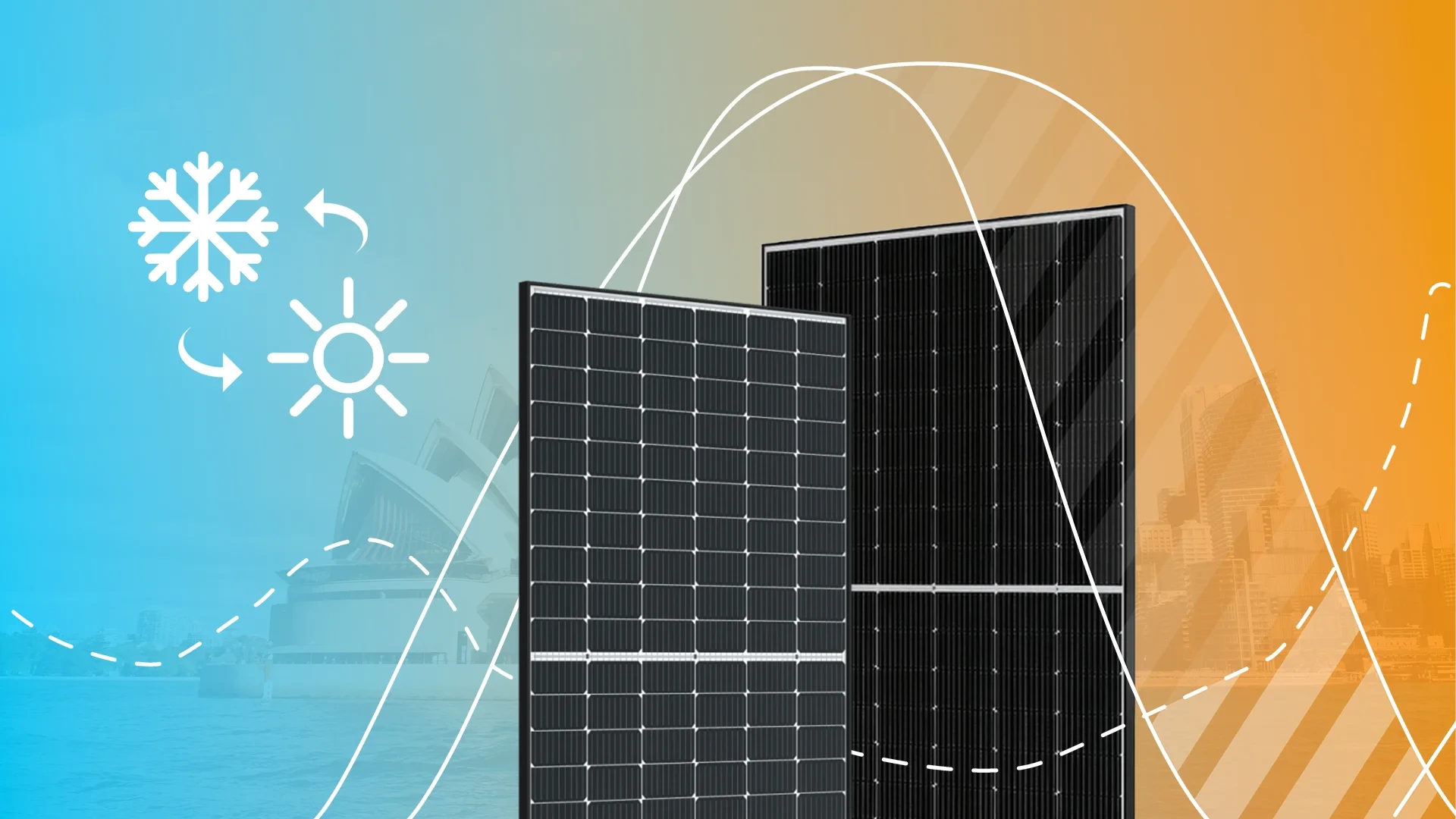
Explore how daylight savings and seasonal changes during winter and summer can affect your solar panels performance and solar generation in NSW, Australia.

Deciding whether to get off-grid solar and battery? Explore the benefits of complete off-grid electricity, and if getting an off the grid energy system is right for you.

Everyone has seen a solar installation a normal roof like tin or tiled roofs, but have you ever seen a solar installation a roof made of Brass? Well we did one...

With the release of the new Clean Energy Council (CEC) H1 2024 report on solar and battery storage, it gives an idea of the upward path of Australia’s renewable energy adoption.

Amber & ARENA have started trials for Vehicle-to-grid technology in NSW, Australia to help develop standards and framework in V2G and Bidirectional charging.

Are you maximising your solar energy production? Explore ways to improve self-consumption, and accelerate returns and benefits in NSW with solar tariffs.
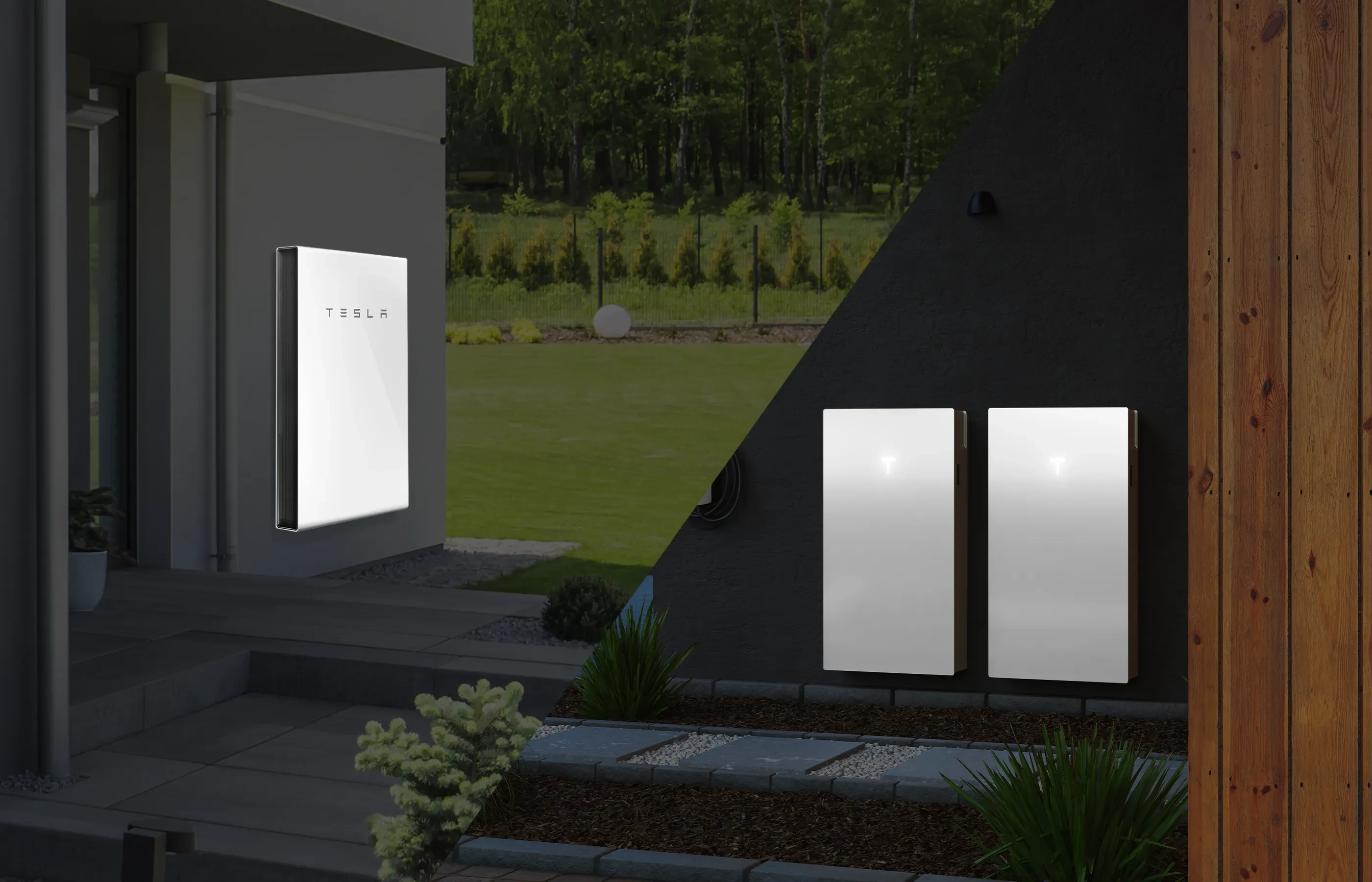
What's the difference between Tesla Powerwall 2 and 3? Lets compare specifications, release dates, features, and compatibility between Powerwalls in Australia.
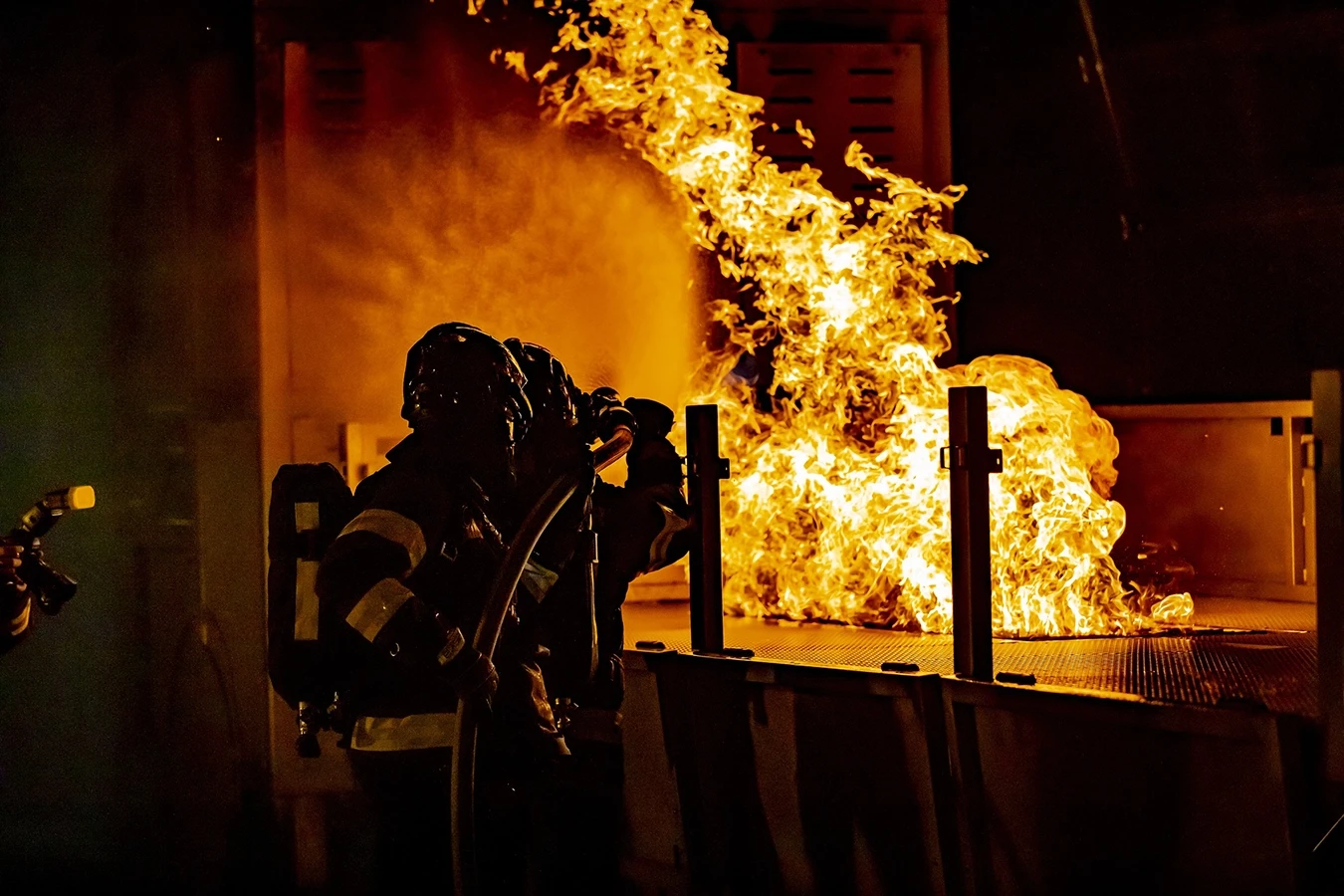
The new Fire & Rescue battery report shows us 2024 home battery fire statistics in NSW, Australia. Are solar batteries safe or are they a fire risk? Let's find out.

Investing in your solar system has many opportunities, but should you replace your panels, upgrade with more solar, or add battery storage to your home?

Though bidirectional charging isn't available, vehicle-to-grid is already turning heads in Australia with its potential to change energy consumption and distribution.
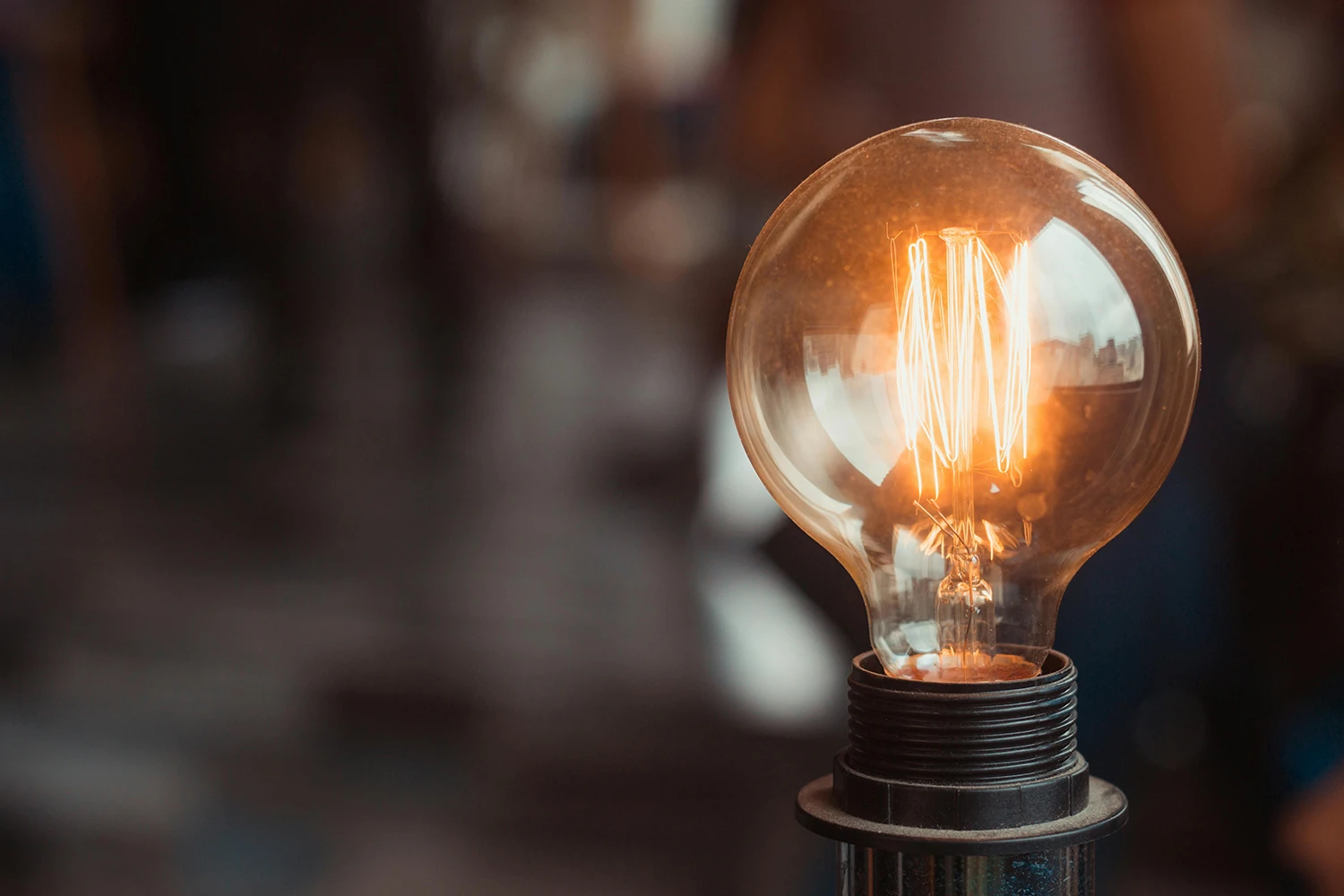
Discover the difference between power and energy in electricity and how solar and batteries are measured differently for homes and properties across Australia.
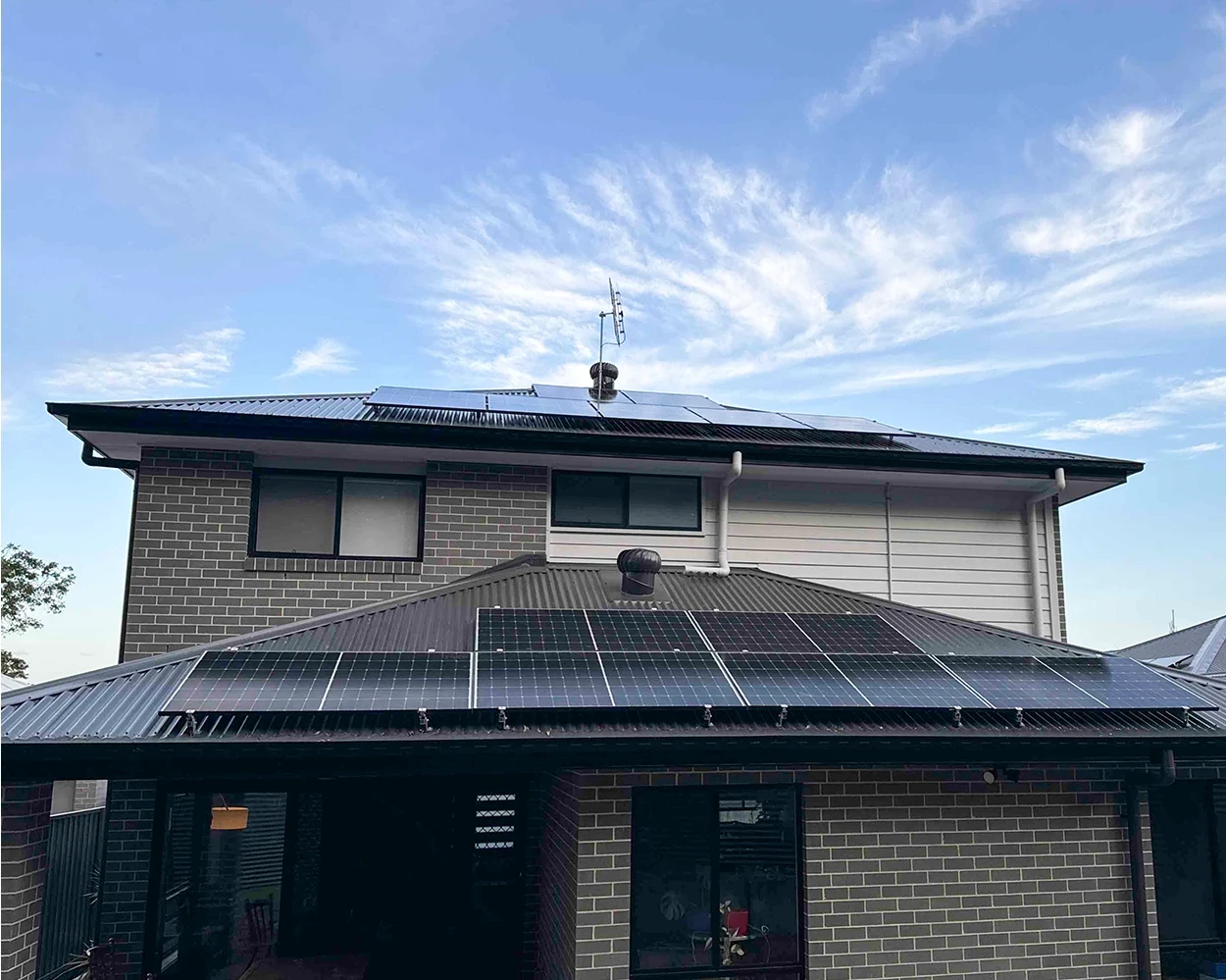
With the uptake of solar and battery systems, Microgrids, Virtual Power Plants, and Distributed energy resources are becoming more apparent. What are they?
Leave a Comment